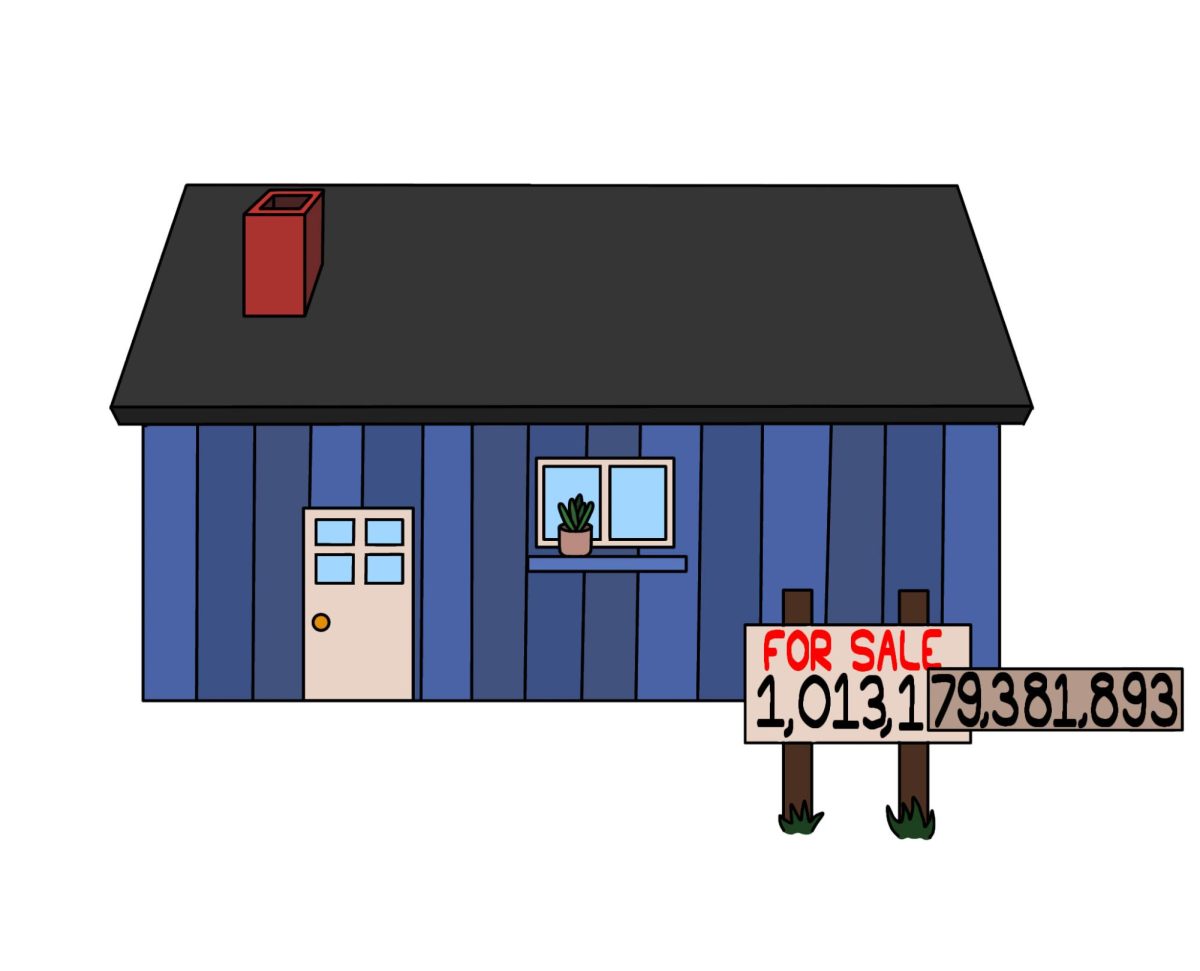The ongoing affordable housing crisis continues to impact our communities by increasing homelessness, as well as economic and social imbalance. Unfortunately, this issue has far broader effects, many of which will directly impact Generation Z, and impede their ability to own or even rent a home at an affordable price.
The affordable housing crisis is, at least on the surface, a fairly self-explanatory issue. A lack of affordable housing, to be rented or purchased, has led to rising rates in homelessness, and the displacement of middle and lower-class families that are being forced to move amid rising home prices, property taxes and rent costs. According to the California Budget and Policy Center, California has the highest poverty rate of all 50 states, and more than 50 percent of low-income households spend at least half of their income on housing. The issue, like many other civic problems, disproportionately affects people of color as well, who represent two-thirds of Californians with unaffordable housing (calbudgetcenter.org). But why is this issue especially bad in California, and what other factors contribute to this problem?
This crisis is a complex and multifaceted issue, and one with many problems and causes. Among the most obvious to discern is the rise in housing demand paired with the shortage of available housing altogether. If demand for housing rises, so do prices, and when there are more houses, demand and prices then fall. But the growing population size has led to a spike in housing demand, with stagnating rates of new housing developments in place to address this demand. According to the Legislative Analyst’s Office, “a lack of home building” and “local community resistance to new housing” represent the biggest contributors to the affordable housing crisis (lao.ca.gov).
This brings up an interesting barrier to a viable solution: opposition to new housing projects. Suburban neighborhoods are often against large apartment buildings, as buildings can be an eyesore, as well as an unwanted harbinger of urban life. But this does present a problem, as homeowners are less affected by the housing crisis and are therefore more likely to oppose viable solutions. This issue presents an especially acute problem for a burgeoning class of potential homeowners and tenants.
The increasingly steep barriers to owning a home or even renting one at a fair price is not an issue for long-time homeowners, but for young adults, this could end up being a matter of financial life or death. Everything, from increased college housing costs to less housing availability overall, can have detrimental impacts on our future. Senior Ronald Moreno shares similar fears. Moreno said, “I am most likely going to go to an in-state four-year college, and if I decide to look for off-campus housing, I am really worried about whether I am going to find affordable housing at all.”
To solve a complex issue, there is often a need for complex solutions, but there are some simpler steps the government can take to help alleviate this crisis. According to Housing California, creating permanent supportive housing and providing subsidies to partially assist in low-income rent payments are the two main solutions to the affordable housing crisis, besides simply building more housing units (housingca.org). It may be difficult to accept new, large, building complexes, but it may be a necessary step to rooting out homelessness and poverty, especially if those buildings are subsidized for lower-income families. Moreno said, “Local, state, and federal governments all need to directly invest in building housing that people can actually live in and afford.”
San Diego shares much of the affordable housing problems that California faces overall. According to the County of San Diego Planning and Development Services, “California and [the] San Diego region are experiencing a housing crisis… the root cause is the fact that housing development has not kept pace with population growth” (sandiegocounty.gov). According to the city of San Diego, the San Diego City Council has approved a plan establishing more affordable housing developments in Hillcrest as well as University City (sandiego.gov). These improvements could go a long way, although this could make these two regions of San Diego more urban, which may go against some residents’ preferences. It is important that the city is addressing the problem at all, and the additional jobs created by this program only helps the case for building more homes.
These solutions often don’t solve the problem of affordable housing shortages, and as long as inflation, rent prices, and population rates keep rising as incomes largely stagnate, affordable housing will be a continued problem. It is essential to our future, as well as the generations that follow, for methods of creating housing complexes cheaply and effectively to be implemented. It is also crucial that these developments aren’t limited by discriminatory zoning restrictions, and that the housing environment is friendly to low-income owners or tenants.
As the crisis worsens, we must collectively realize that our futures and financial stability are in jeopardy, in a completely different way than that of our parents and grandparents.

